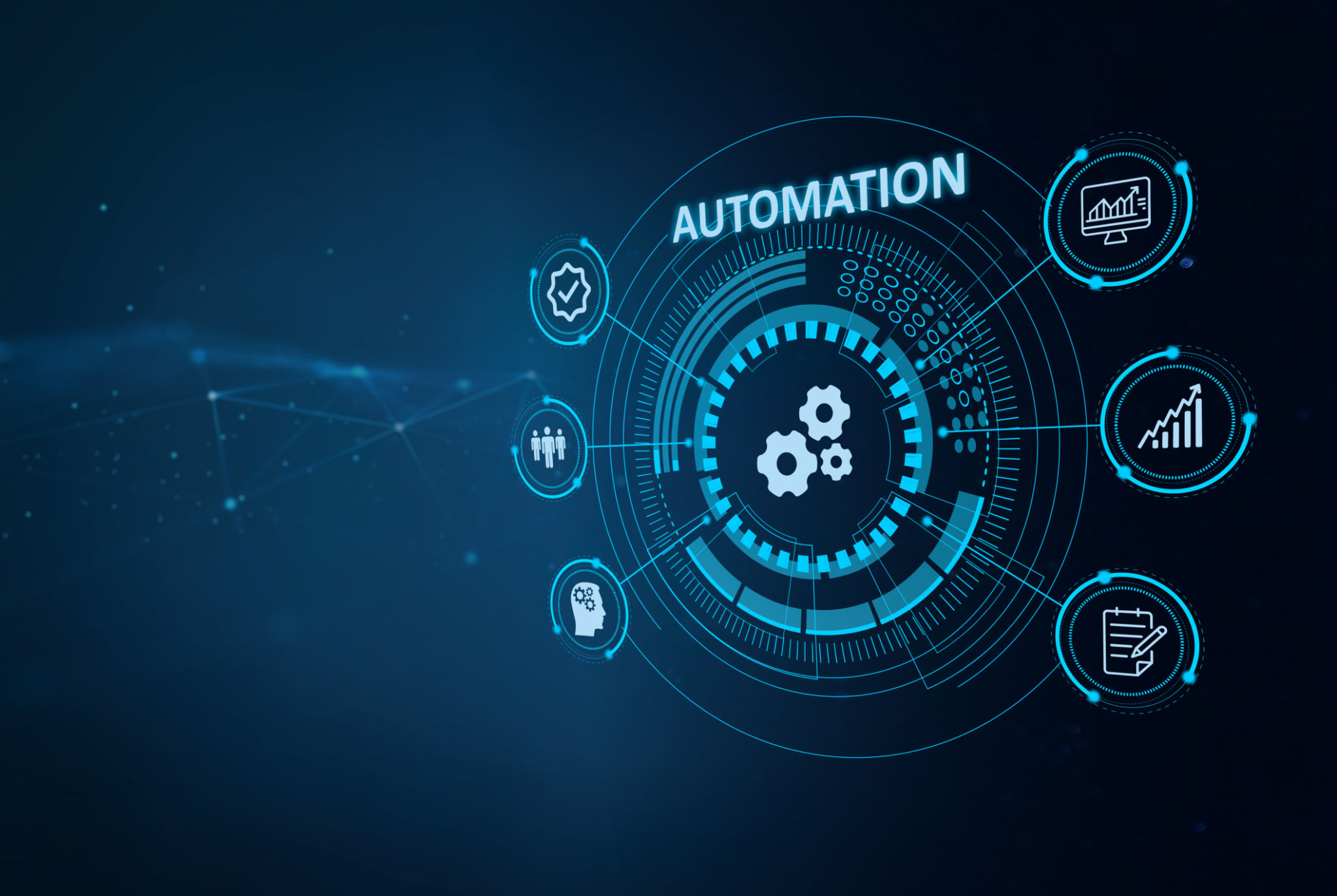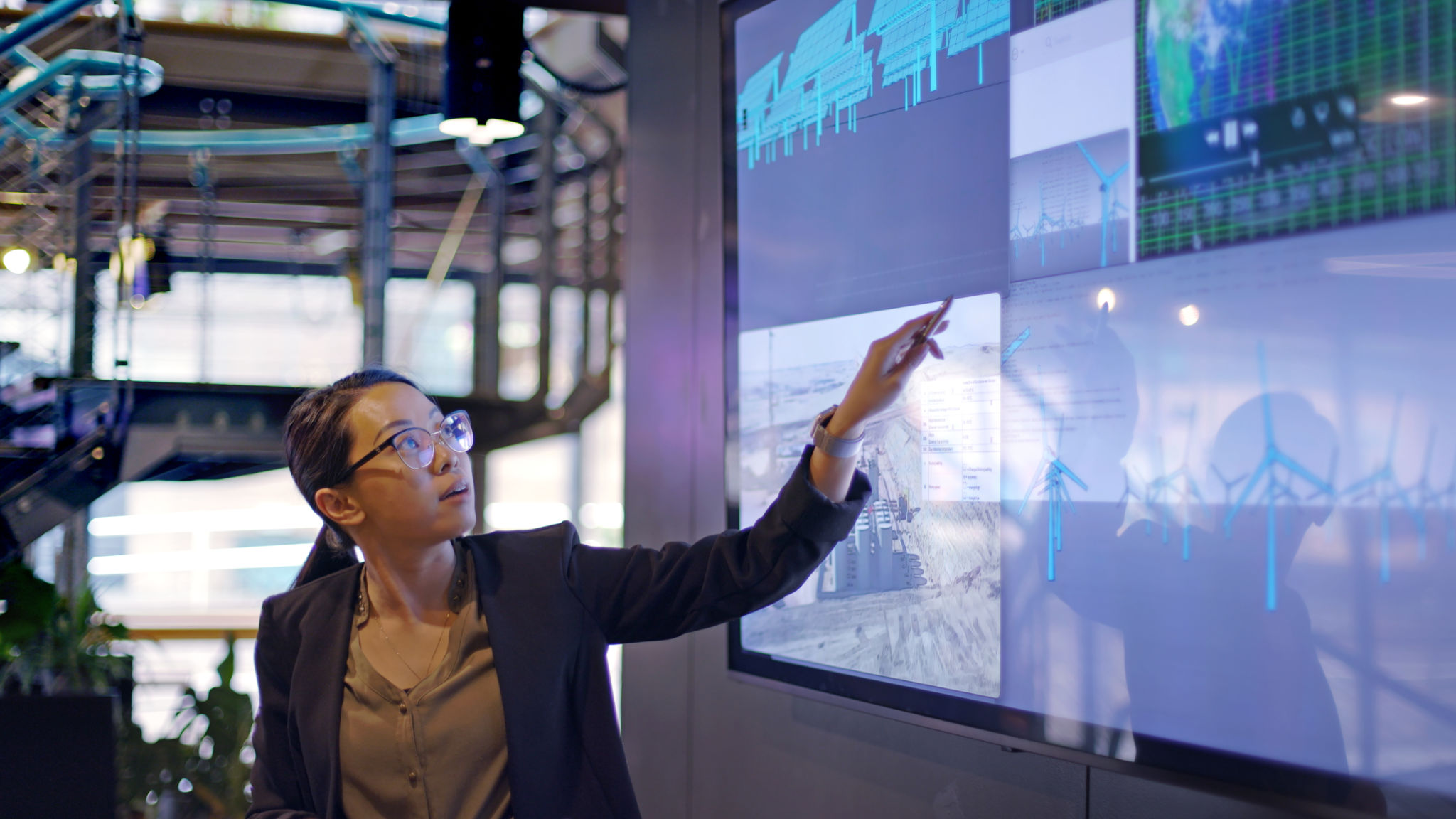Maximizing Efficiency: A Guide to Workflow Optimization with AI
Introduction to Workflow Optimization
In today's fast-paced business environment, maximizing efficiency is crucial for staying competitive. One of the most effective ways to achieve this is through workflow optimization. By streamlining processes and eliminating bottlenecks, businesses can enhance productivity and reduce operational costs. With the advent of artificial intelligence (AI), workflow optimization has reached new heights, offering innovative solutions to traditional challenges.

The Role of AI in Workflow Optimization
AI technology has revolutionized how businesses approach workflow optimization. By automating routine tasks, AI allows employees to focus on more strategic activities. This not only improves efficiency but also enhances job satisfaction as employees engage in more meaningful work.
AI tools can analyze large datasets to identify patterns and trends that may not be immediately apparent to human analysts. This capability enables businesses to make informed decisions quickly, adapting to market changes with agility. As a result, companies can maintain a competitive edge by responding promptly to customer needs and market demands.
Implementing AI Solutions
Implementing AI solutions in workflow optimization involves several steps. First, businesses need to identify the areas where AI can have the most significant impact. This often includes repetitive tasks such as data entry, scheduling, and customer inquiries. Once these areas are identified, companies can select appropriate AI tools to automate these processes.
- Identify key areas for improvement.
- Select relevant AI tools.
- Integrate AI into existing workflows.

Training and Integration
After selecting the right AI tools, the next step is integration into current workflows. This requires training employees to work alongside AI systems effectively. Providing comprehensive training ensures that the workforce is comfortable with the new technology and can maximize its potential benefits.
It's essential to monitor the integration process closely and make adjustments as needed. Regular feedback from employees can help identify any challenges or areas for improvement, ensuring a smooth transition to an AI-optimized workflow.
Measuring Success
Once AI solutions are implemented, measuring their impact on workflow efficiency is crucial. Key performance indicators (KPIs) such as time savings, cost reduction, and error rates should be monitored regularly. By analyzing these metrics, businesses can assess the effectiveness of their AI initiatives and make data-driven decisions for further improvements.

The Future of Workflow Optimization with AI
The use of AI in workflow optimization is continuously evolving. As technology advances, AI will become even more integrated into business processes, offering new opportunities for efficiency gains. Companies that embrace these advancements will be well-positioned to thrive in an increasingly competitive market.
In conclusion, optimizing workflows with AI is not just about improving efficiency—it's about transforming the way businesses operate. By leveraging AI technologies, companies can achieve sustainable growth, enhance employee satisfaction, and deliver superior value to their customers.
